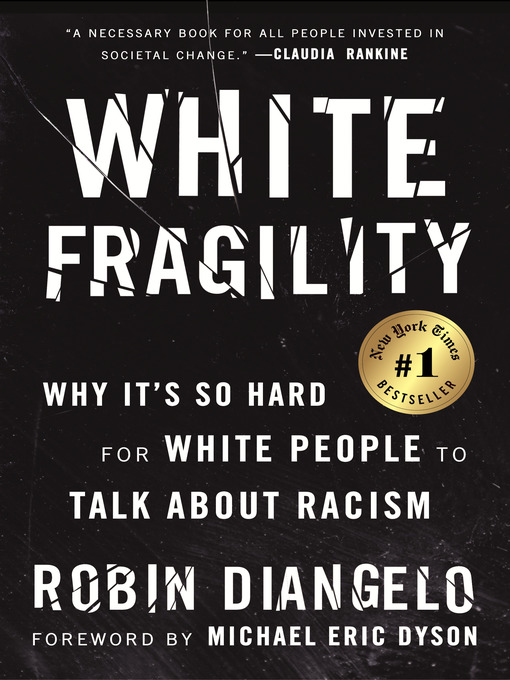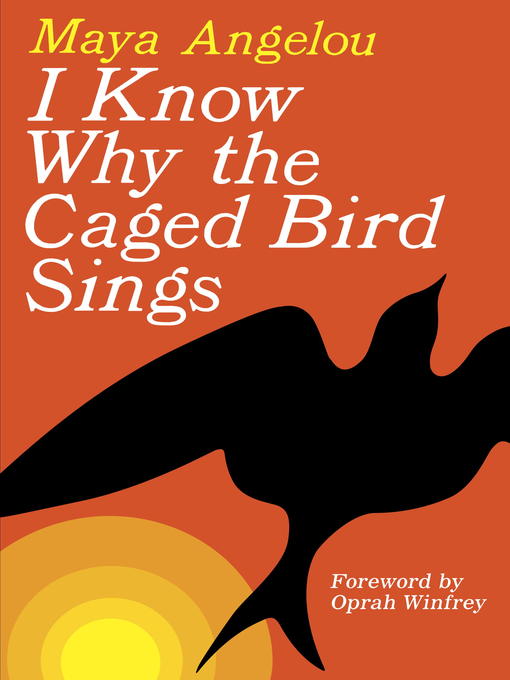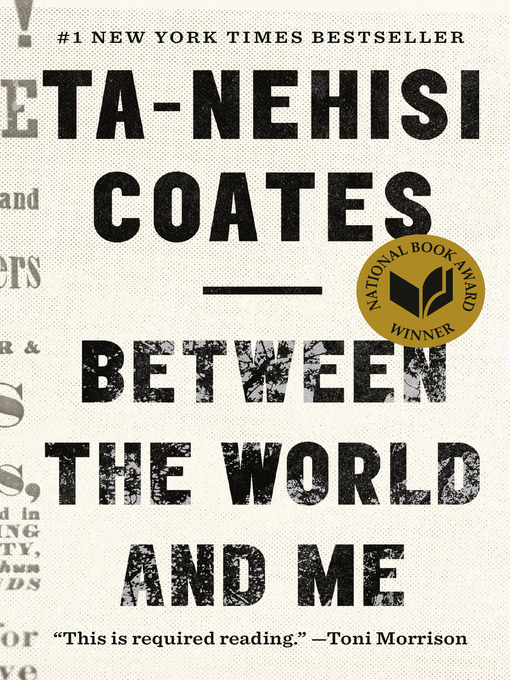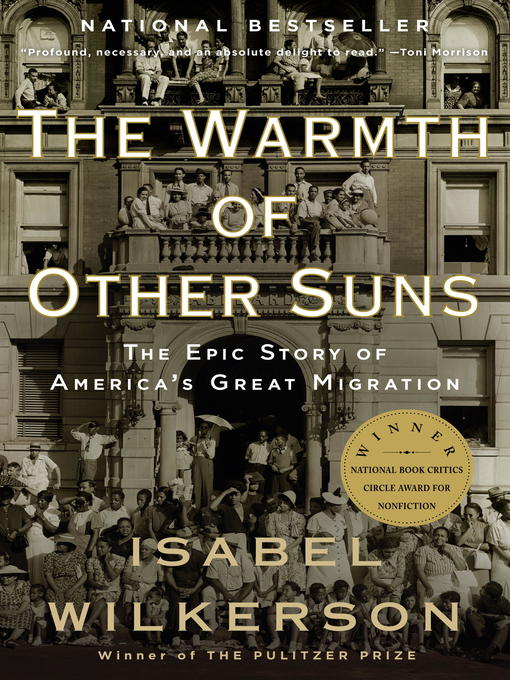The PSC Library is open M-F 8am-4:30pm and will be closed from December 22 through January 2 for the Winter break. You may contact us at library@prairiestate.edu.

Election Day is Tuesday, November 3, 2020. If you haven't done so already, now is the time to register to vote. Our new Election 2020 Research Guide has all the information you will need to register to vote, see who and what are on your ballot, find reliable information, and fact check.
"If you are neutral in situations of injustice, you have chosen the side of the oppressor. If an elephant has its foot on the tail of a mouse, and you say that you are neutral, the mouse will not appreciate your neutrality." Desmond Tutu
To facilitate coursework, discussions, and research on anti-racism, we have gathered together the resources in our Anti-Racism and #BlackLivesMatter Research Guide.This guide is for anyone that needs it, and highlights reading lists, websites, multimedia, eBooks, and databases dedicated to a better understanding of how systemic racism shapes our society. This guide includes Ibram X. Kendi’s anti-racist reading list, portions of which are highlighted below from our own eBook collection.
October’s featured, new database is Revolution & Protest Online. “Revolution & Protest Online is a research and learning database providing in one place comprehensive, comparative documentation, analysis, and interpretation of political processes through the lens of revolutions, protests, resistance and social movements.” From more recent events, like the Arab Spring of 2010-2011, to more historical ones like the Chinese Revolution of 1911,this database will help your students to better understand how individual movements fit into the larger fabric of history and how revolution and protest are often drivers of societal change.
This month we are taking a step away from ACRL, and discussing news literacy. News literacy is always part of being an informed citizen, but in an environment full of mis- and dis-information, it is critical. Before getting into methods to help your students vet sources, we should define our terms since they are often used interchangeably.
“misinformation, n.
“disinformation, n.
a. The dissemination of deliberately false information, esp. when supplied by a
government or its agent to a foreign power or to the media, with the intention of
influencing the policies or opinions of those who receive it; false information so
supplied.”
"disinformation, n." OED Online, Oxford University Press, September 2020, www.oed.com/view/Entry/54579. Accessed 16 September 2020.
Misinformation can be accidental. This doesn’t mean it isn’t harmful, and it still circulates through social media, causing harm on a personal level. For example, a lot of mask noncompliance comes from misinformation spread on social media, ironically, much like the virus masks are meant to contain.
Disinformation is intentional and used to divide and conquer. This is confusing since trolls, governments, and hostile foreign powers put out disinformation and then it becomes misinformation once shared by individuals. In the end though, the results are the same- bad information is spread. During a pandemic, it is easy to see how this harms people.
To prevent the spread of mis- and dis- information you can help your students determine what sources are reliable using a number of tactics. The library is well positioned to help with this and has a few research guides to help sort good information from bad. Two are highlighted below, but your librarians are always happy to show you in a class, or by appointment.
One method is to methodically evaluate sources and our Evaluating Sources guide goes step-by-step on ways to vet information. The guide walks students through how to evaluate for currency, authority, validity/accuracy, audience, point of view/bias, and purpose/context. There is also a list of websites, like Snopes.com which can fact check information for students. A list of websites is provided especially with social media in mind, to check information for accuracy before sharing. Lastly, there is a breakdown of journalism ethics, which hold journalists to high standards to deliver impartial and accurate news.
Another method is called the lateral research method, which is used by fact checkers. Often the advice is given to learn about a news source from their own “about us” page to see their point of view. This is good advice, but it is only a starting point. Lateral research involves reading what “authoritative sites have commented about it.” The same method can be used with authors and journalists. This method allows for a less biased opinion about the news source, although sometimes less flattering.
This month’s featured eBooks are taken from Ibram X. Kendi’s anti-racist reading list:
 White fragilityRobin DiAngelo |
 I Know Why the Caged Bird SingsMaya Angelou |
 Sister OutsiderAudre Lorde |
 Between the World and MeTa-Nehisi Coates |
 CasteIsabel Wilkerson |
 The New Jim CrowMichelle Alexander |
 CitizenClaudia Rankine |
 The Warmth of Other SunsIsabel Wilkerson |